Euphorbia spurge: diversity, care and medicinal properties
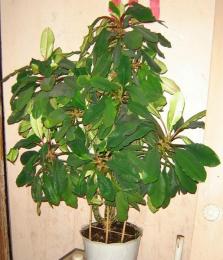
Despite the fact that the birthplace of euphorbia is sunny Africa, this plant lives safely in the tropics, tundra, and deserts. Euphorbia can be found in almost any home. This plant is unpretentious in care and has a huge number of species, completely different from each other.
Content:
Planting and care
Euphorbia is a fairly unpretentious plant to care for. Loves sandy soils intended for succulents and cacti. The optimal ratio of sand, leaf soil and turf for milkweed is 2/2/3. A mixture of sand, turf and peat in equal proportions is also suitable. Drainage is required.
Euphorbia is transplanted in the spring. If the plant was purchased at another time of the year, it is better not to replant. A young plant can be replanted annually, and a mature one once every 2-3 years.
Feeding milkweed is done no more than once a month and only during the warm period. Mineral fertilizers for succulents or cacti are suitable for nutrition. The fertilizer concentration must be reduced by 2 times.
Euphorbia sun-loving plant and does not like drafts. In the summer, plants can be taken outside or onto the balcony. Euphorbia tolerates temperature drops down to +8. There are varieties that prefer direct sunlight, while others prefer partial shade. If you position the spurge correctly, it will delight you with its beautiful appearance.Sun-loving varieties can exist in the shade, but the lack of sun will affect the color of the leaves. In summer, plants can be taken out into the fresh air.
You can water euphorbia once a week in summer, and once a month in winter. This plant does not like excess moisture and is prone to rotting of the root system. If the soil is dry, then restore the moisture gradually; sudden, abundant watering will negatively affect the condition of the milkweed.
Most species Milkweed is disease resistant and does not attract pests. Of the parasites, spurge can attract scale insects. If this happens, you need to treat the plant with an insecticide.
Reproduction
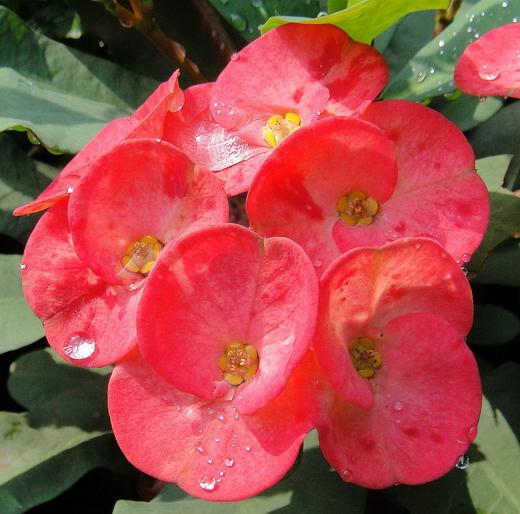
Euphorbia reproduces quite easily. Most often propagated by cuttings, but there are species (for example, white-veined) that are good to grow from seeds. Globular species of euphorbia are also propagated by seeds.
- Propagation by seeds. Milkweed seeds are in a capsule that ripens and cracks. To collect the seeds, place a fabric bag over the box. After collection, the seeds are dried on paper. For germination you need to purchase a sand-peat mixture. Plants are sown in separate pots. In order not to expose young shoots to infection, the soil must be disinfected and you should not sow euphorbia with other plants. The pot is placed in a dark place until shoots emerge.
- Propagation by cuttings. Good healthy shoots are suitable for propagation by cuttings. The lower part of the branch is cleared of leaves, washed of juice, wiped dry with a cloth, the cut is dipped in ash and dried for a couple of days. Then planted in moist soil. The pot is kept away from direct sunlight.
Variety of species
The Euphorbia genus has about 800 species. Among them there are wild and domestic plants. Domestic crops are divided into outdoor and indoor crops. The forms and appearance of plants are so diverse that one can doubt their relationship.
Types of milkweed:
- Triangular spurge. This is one of the most common types. Ease of care and unpretentiousness have made it a frequent guest not only in residential premises, but also in public institutions. The shoots of triangular milkweed are fleshy, thick, and have knobs on the edges. The color is dark green. This species grows very quickly and can reach the ceiling in 4-5 years.
- Poinsettia. This species is also called the Most Beautiful. This spurge has very beautiful leaves. The lower ones are green, and the leaves of the inflorescences can be pink, white or red. The plant blooms with small flowers at the end of December. After flowering, Poinsettia sheds its leaves and loses its attractiveness for several months. This is a very capricious species to care for.
- Resinous spurge. This milkweed looks like a cactus. It looks like a bush of dense shoots. The branches are fleshy, green with four edges. There are small spines on each edge. Quite unpretentious appearance.
- Euphorbia Mile. This milkweed looks like a mini bush. The branches are not so fleshy, with a gray tint and purple spines are located on them. The leaves are green, oblong. It blooms with small bright flowers. Young plants look very pretty, but mature ones have bald branches and look more like a thorn bush.
- White-leaved spurge. It has a fleshy trunk, at the end of which there is a bunch of leaves. The leaves are large, oblong with white veins. This species blooms frequently and is capable of self-sowing.
- Large-horned spurge. It has a thick triangular stem with huge paired spines.Very often this species is considered a cactus. There are small leaves on the branches, but the plant quickly sheds them. Large-horned spurge blooms with small yellow flowers.
- Milk spurge. It has dense four-rib green branches. The ribs have a white coating in the form of stripes and small paired spines. Leaves appear, but do not develop and immediately dry out.
- Euphorbia Tirukalli. It has smooth green branches, cylindrical in shape. The thickness of the branches is up to 7 mm. The leaves are bright green, straight, falling. Leaf length up to 12 mm.
- Multi-thorned spurge. Has strongly branching shoots. The branches are four-ribed, bright green with a brown edge. On mature parts of branches the ribs are diffuse. Paired gray spines are located along all ribs.
- Schoolleaf spurge. It has powerful trunks reaching 7 cm in diameter. The height of milkweed is up to 25 cm. The trunks are covered with tubercles and outwardly resemble a conifer cone. At the end of the trunk there is a bunch of thin long leaves.
Medicinal properties of milkweed
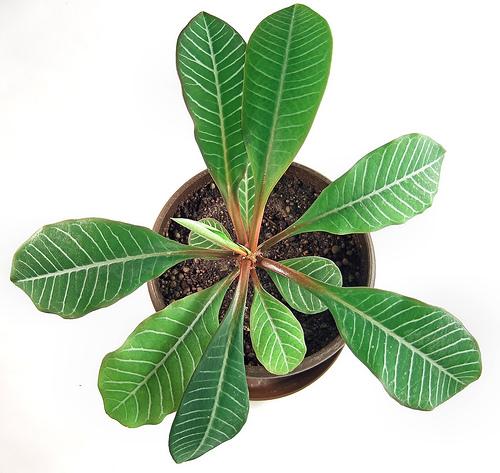
The medicinal and cosmetic properties of milkweed have been known since ancient times. It is still successfully used to treat various ailments. Not only the leaves and juice of the plant are useful, but also the roots and stems. Infusions, decoctions, and oil extracts are prepared from milkweed. This plant has a very strong antibacterial and antimicrobial effect.
For skin diseases, baths are prepared from a decoction of milkweed. They do an excellent job with warts, lichens, eczema, and heal wounds and ulcers. For the decoction you will need 1 liter of water and 1 spoon of crushed leaves. The broth is boiled for 2 minutes, infused and used as a bath.
For problems with the stomach, liver and constipation, an infusion of milkweed root will help. 5 grams are poured into 0.5 liters of boiling water and left overnight in a thermos.Take 30 grams of infusion 3 times a day half an hour before meals.
Alcohol tinctures are used as a general tonic. 1 part of the raw material is poured with 30 parts of vodka and placed in a dark place for 10 days. Then filter and drink according to the scheme: starting with 1 drop daily, reaching 30 and back.
In cosmetology, euphorbia is used to get rid of freckles, pigmentation and to whiten the skin.
It is not recommended to use milkweed without consulting a doctor. Euphorbia refers to poisonous plants, and an overdose can lead to poisoning. Failure to comply with the proportions in external treatment can lead to irritation or inflammation of the skin. Do not allow milky juice to come into contact with mucous membranes.
Euphorbia is a wonderful plant that can decorate any type of room. Great for hot southern windows. But do not forget about its toxicity, and be extremely careful, especially if there are children in the house.
Video about the popular indoor plant Euphorbia:
Interesting information about the vegetable garden

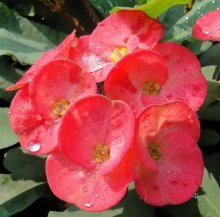
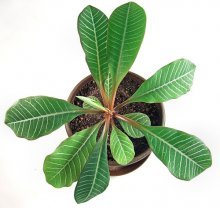
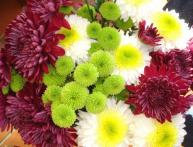

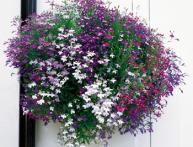
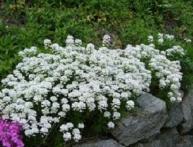

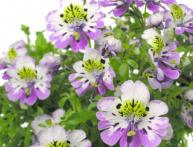
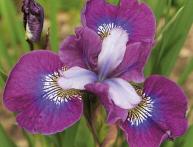
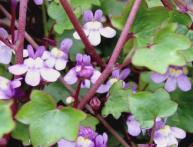
Comments
Watering, annual replanting and 2 times fertilizer is all this plant needs. However, it is worth noting that the transplant site can be filled with soil into the pot. This will help enrich the plant's soil.
But I don’t like this indoor flower. It looks unsightly, but then it starts spitting seeds in all directions - several of these plants appear in each pot.